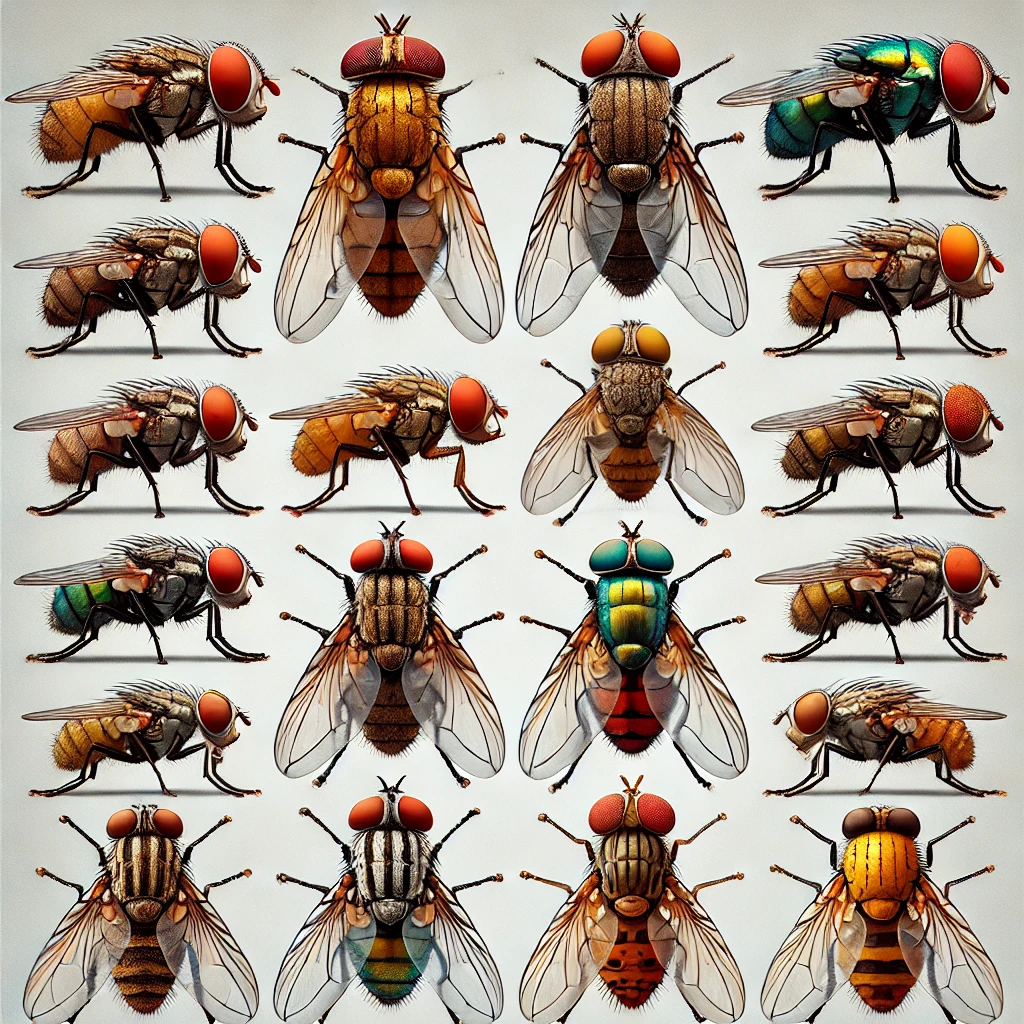Flies From £75 to £90
Our standard charge ranges from £75 to £90 for a flying insect problem.
Prices for business customers exclude VAT.
ULEZ charges will be added to invoices where applicable.
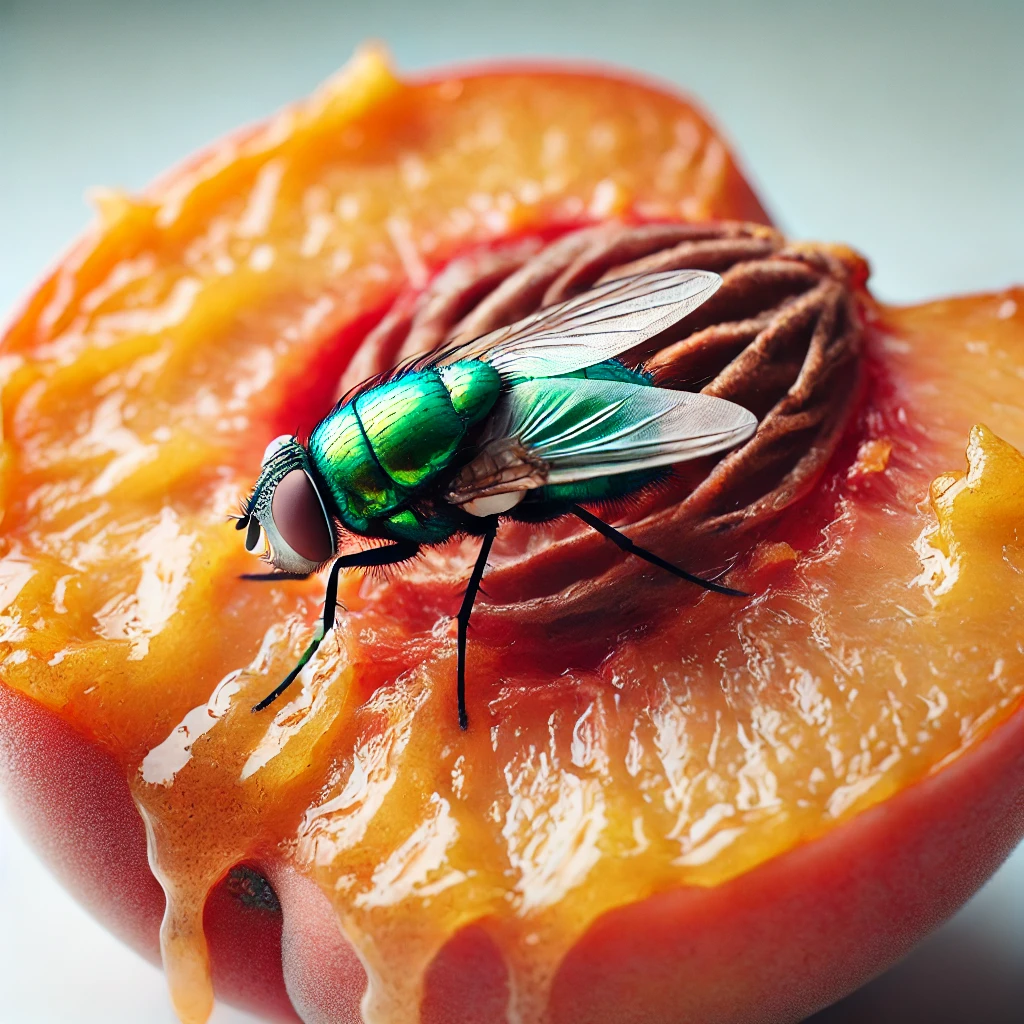
We charge £75 to identify which type of flying insect it is and help resolve the issue through advice and guidance and don’t need to apply a treatment; some problems aren’t helped with the use of pesticide and we avoid using it unless there’s a justification in doing so. Once we know what it is, we can determine likely causes and provide clear advice and guidance on how to resolve it.
Good examples of this being green bottles, blue bottles, mosquitos, scuttle flies, drain flies.
We charge £90 to identify the flying insect and carry out a single area targeted treatment. This is generally where we need to treat because of the extent of an issue, but aren’t concerned about something causing the issue that might be more important that also needs to be treated. This includes spraying one room/area. For each additional area we charge £40.
Good examples would be cluster flies and, although not a fly, also ladybirds.
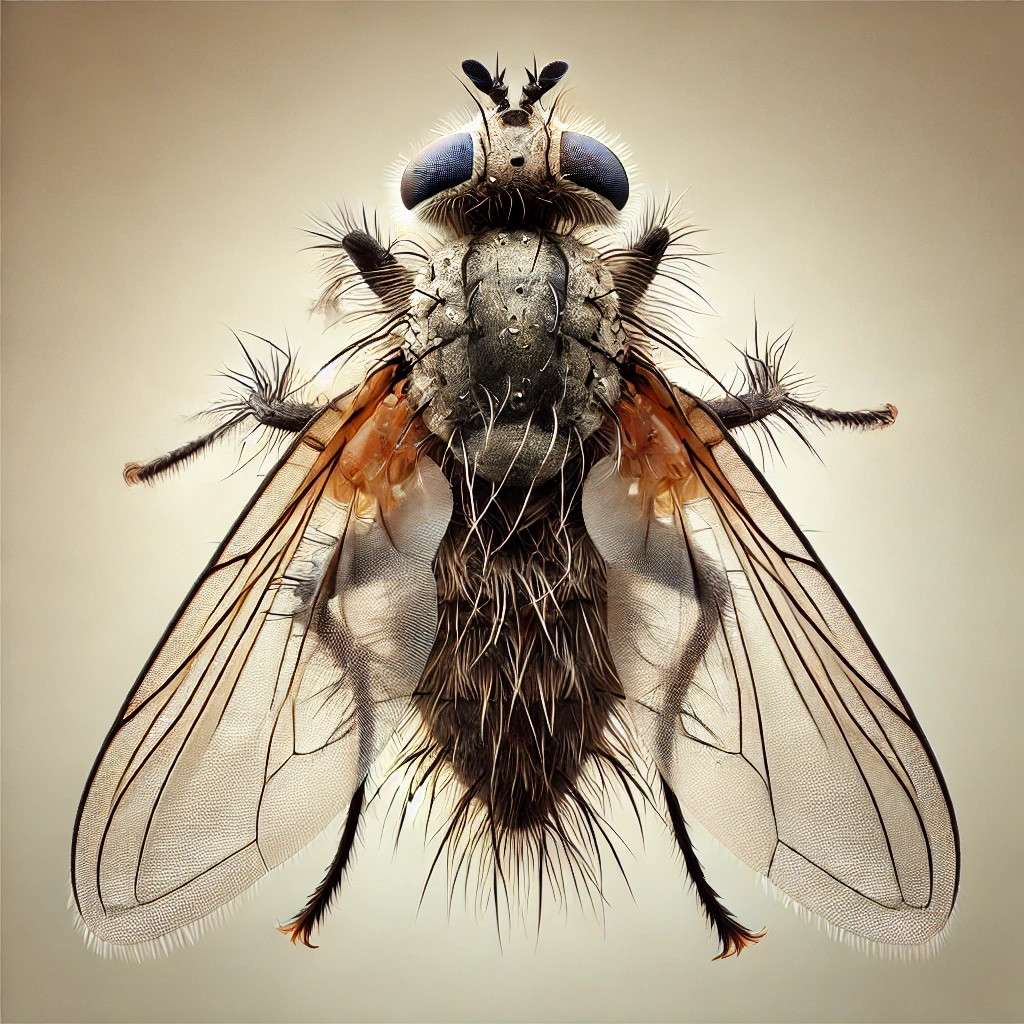
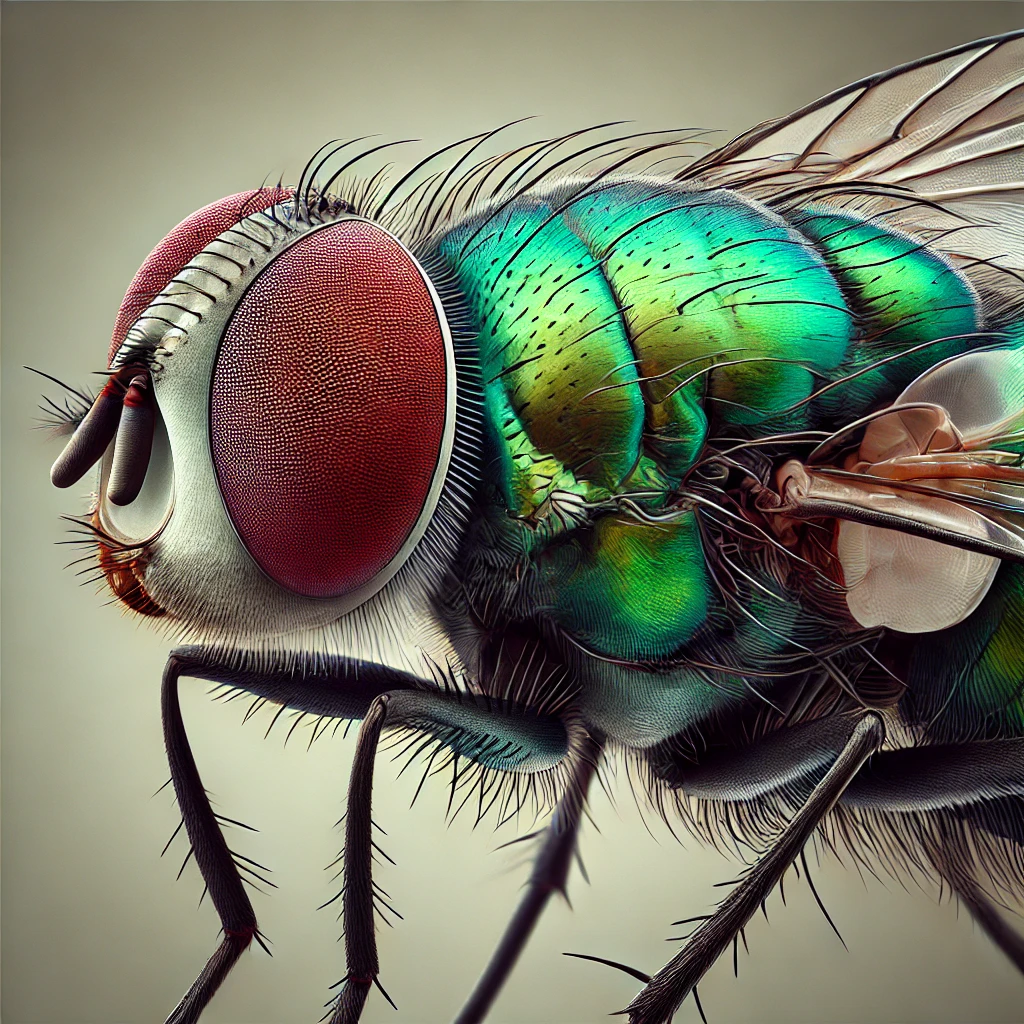
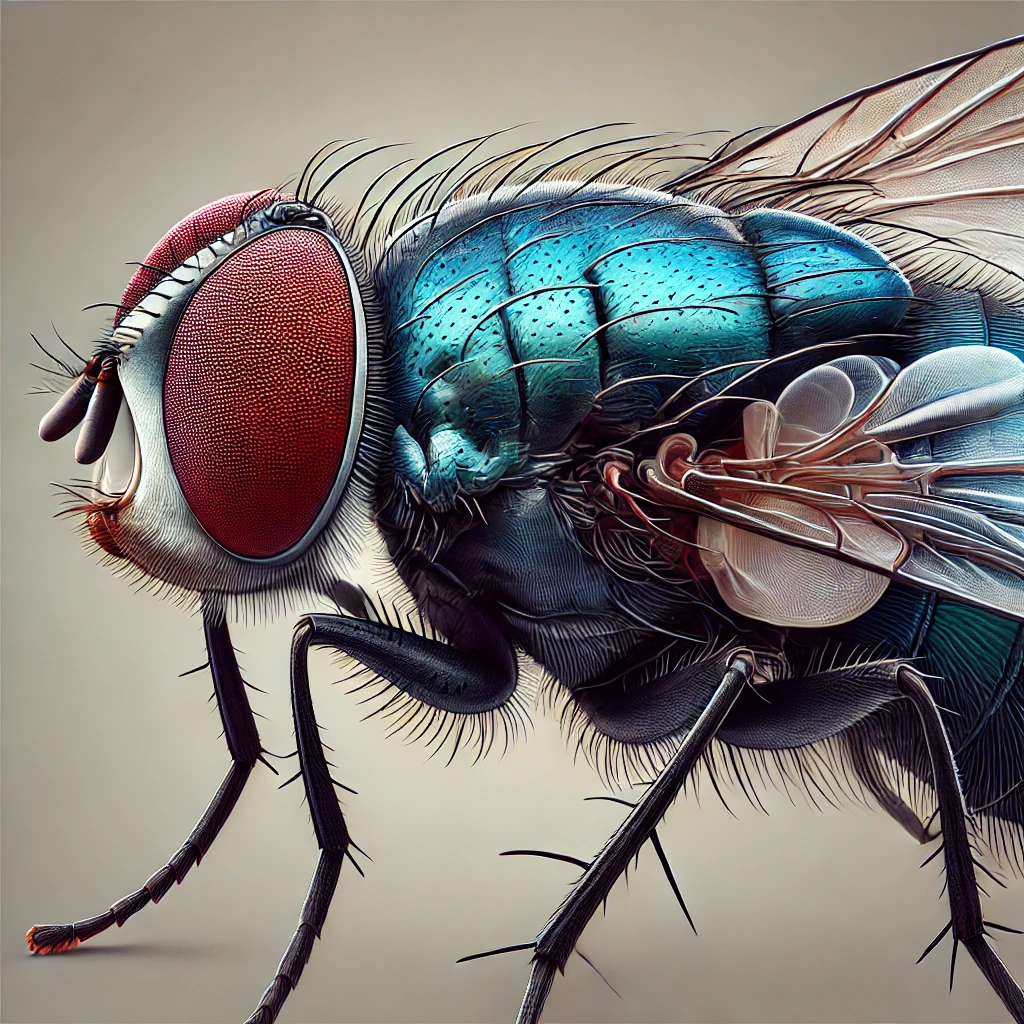
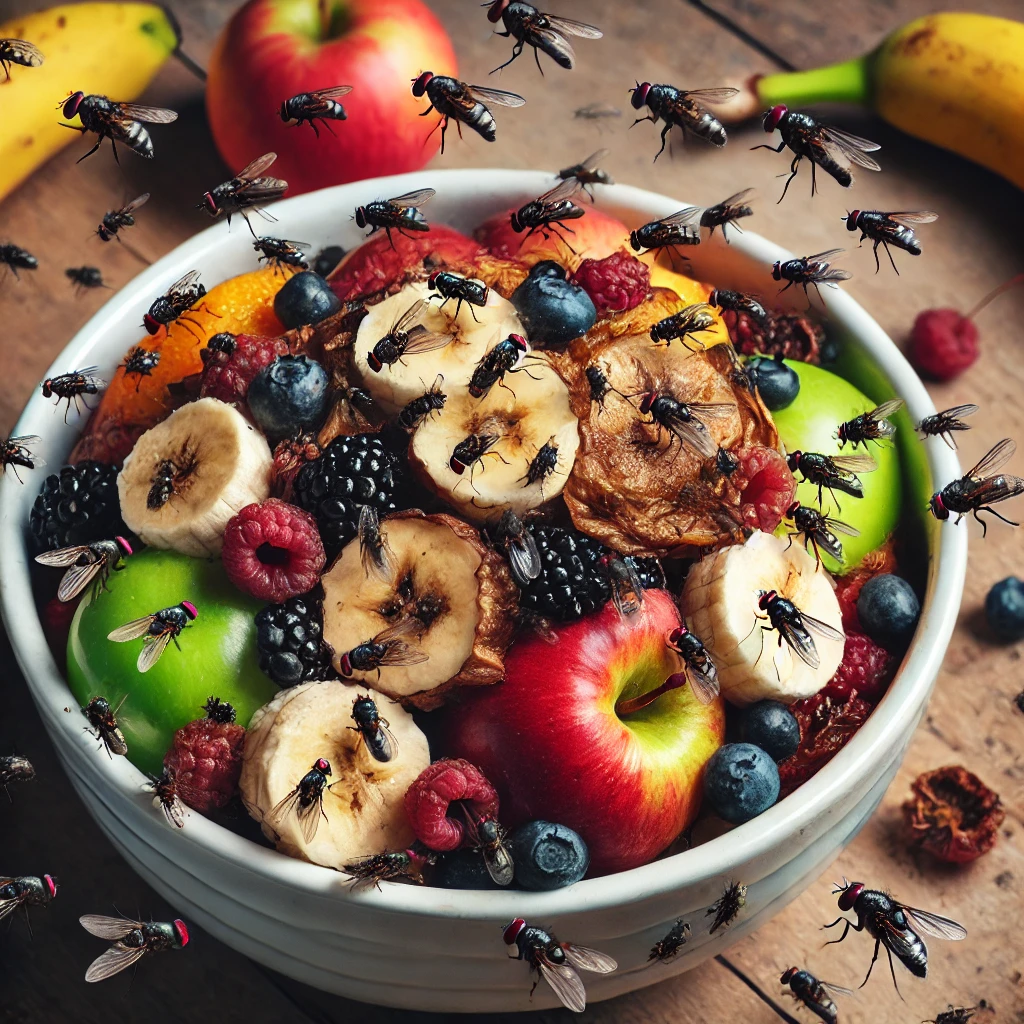
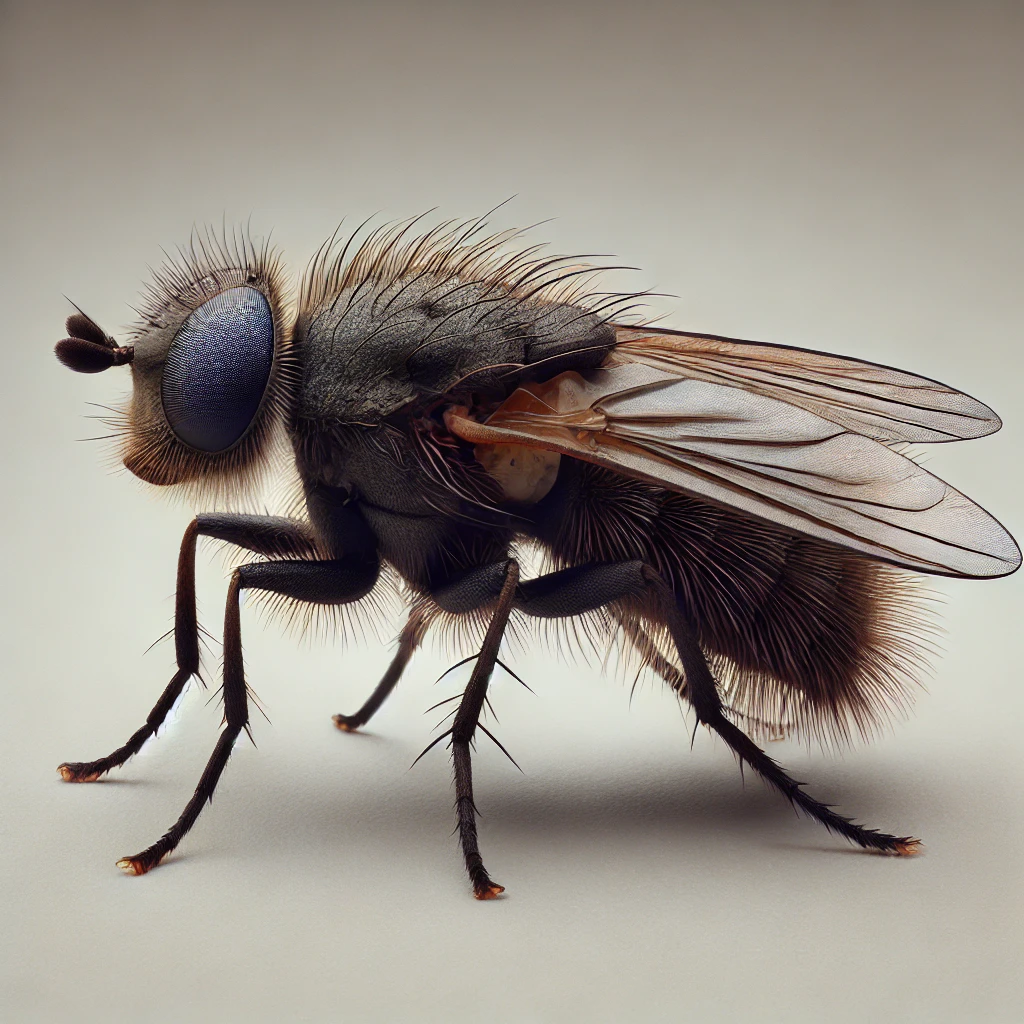
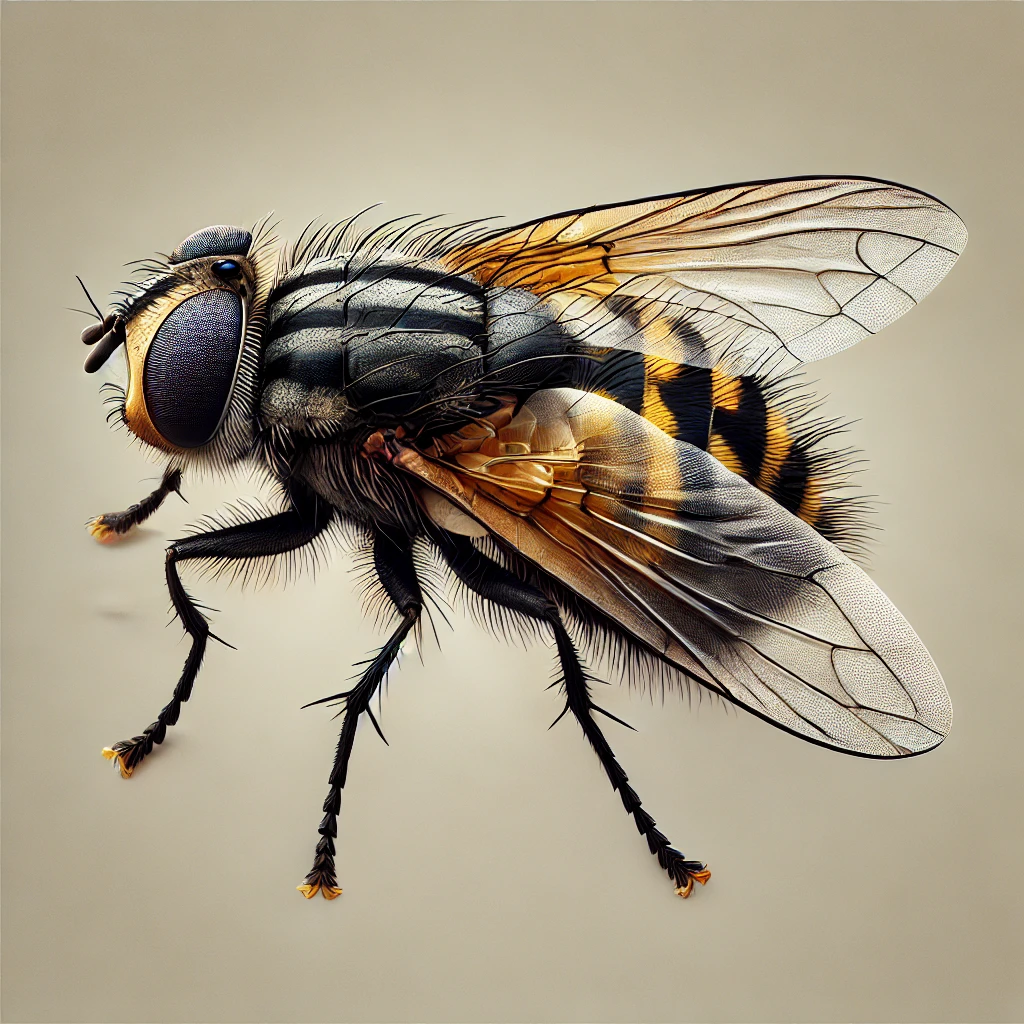
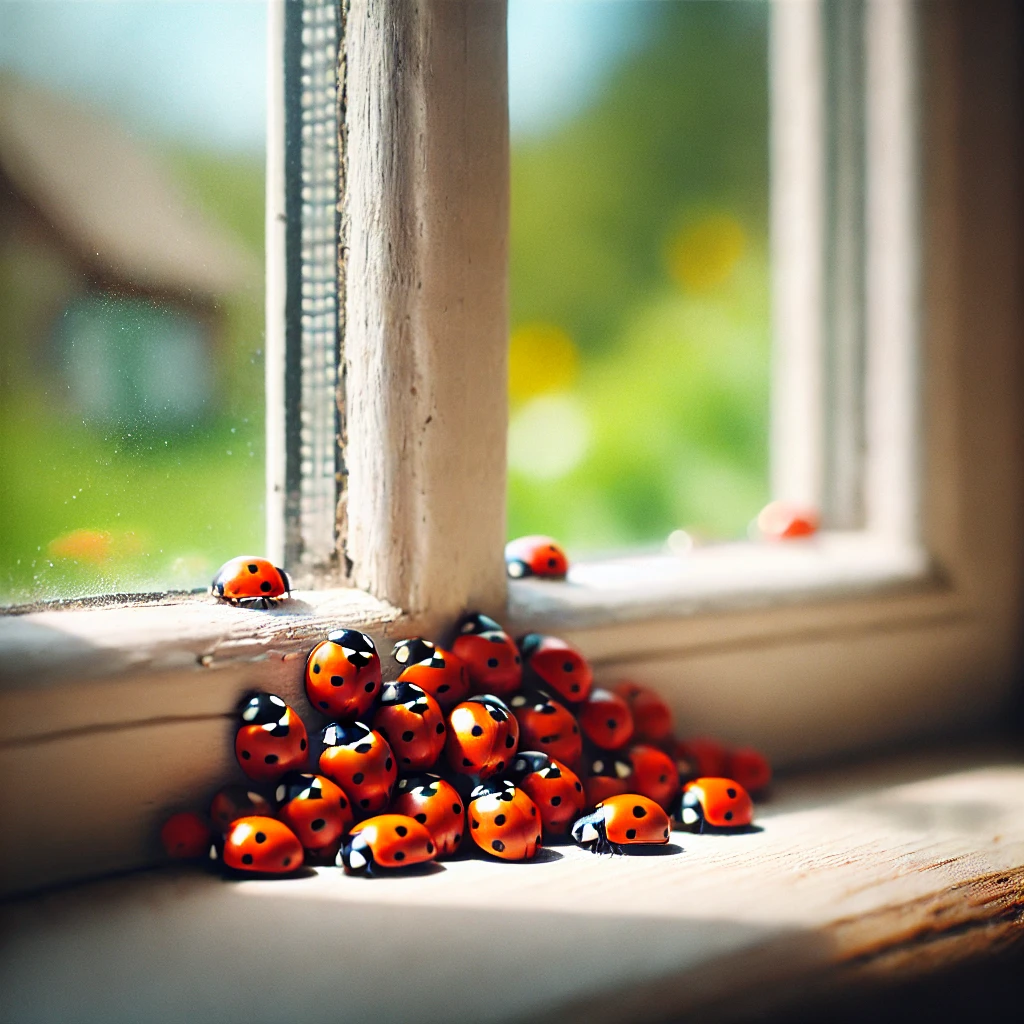
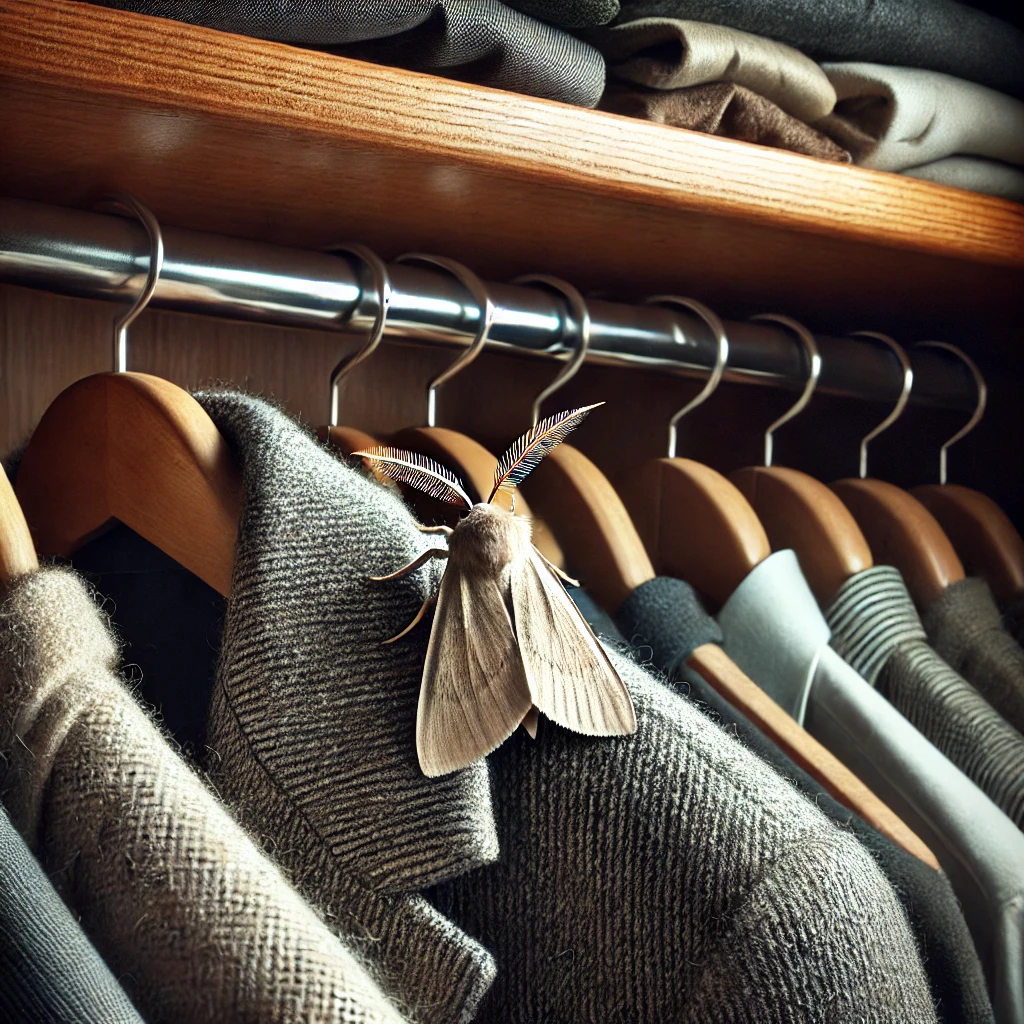
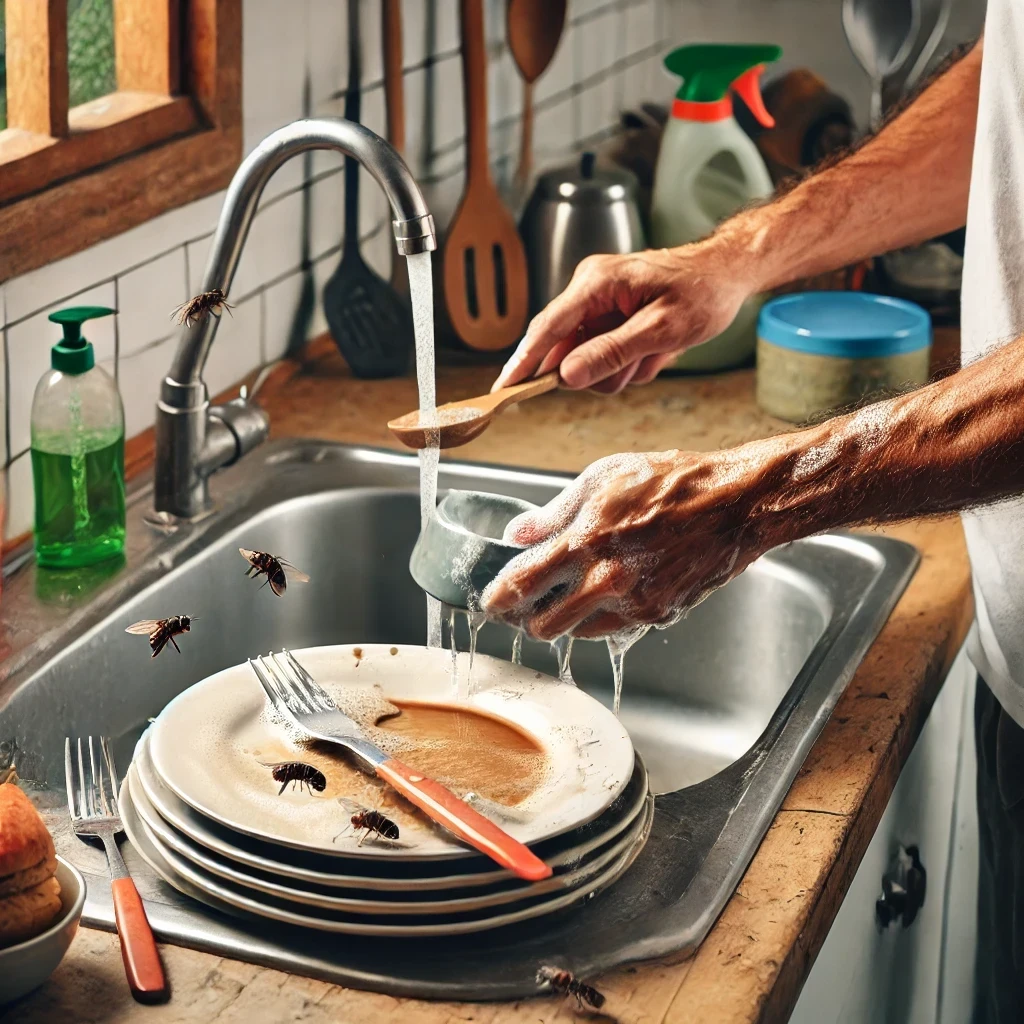
Keep a note of what you’ve seen, when and where. Small details can be a big help when we need to work out where the breeding site of a problem is to be able to treat and properly resolve the problem.
If you can possibly get a sample it can help speed up identification in case there are none visible on the inspection date.

Our highly trained technician will start by discussing the things you’ve noticed to get an idea of what it might be, if it isn’t immediately obvious. If necessary, they’ll then do an inspection of your property to confirm the specific pest identity and source of the pest infestation. As part of that survey, they will also consider specific site and environmental risks, to decide upon the most appropriate and safest treatment to resolve your flying insect problem.
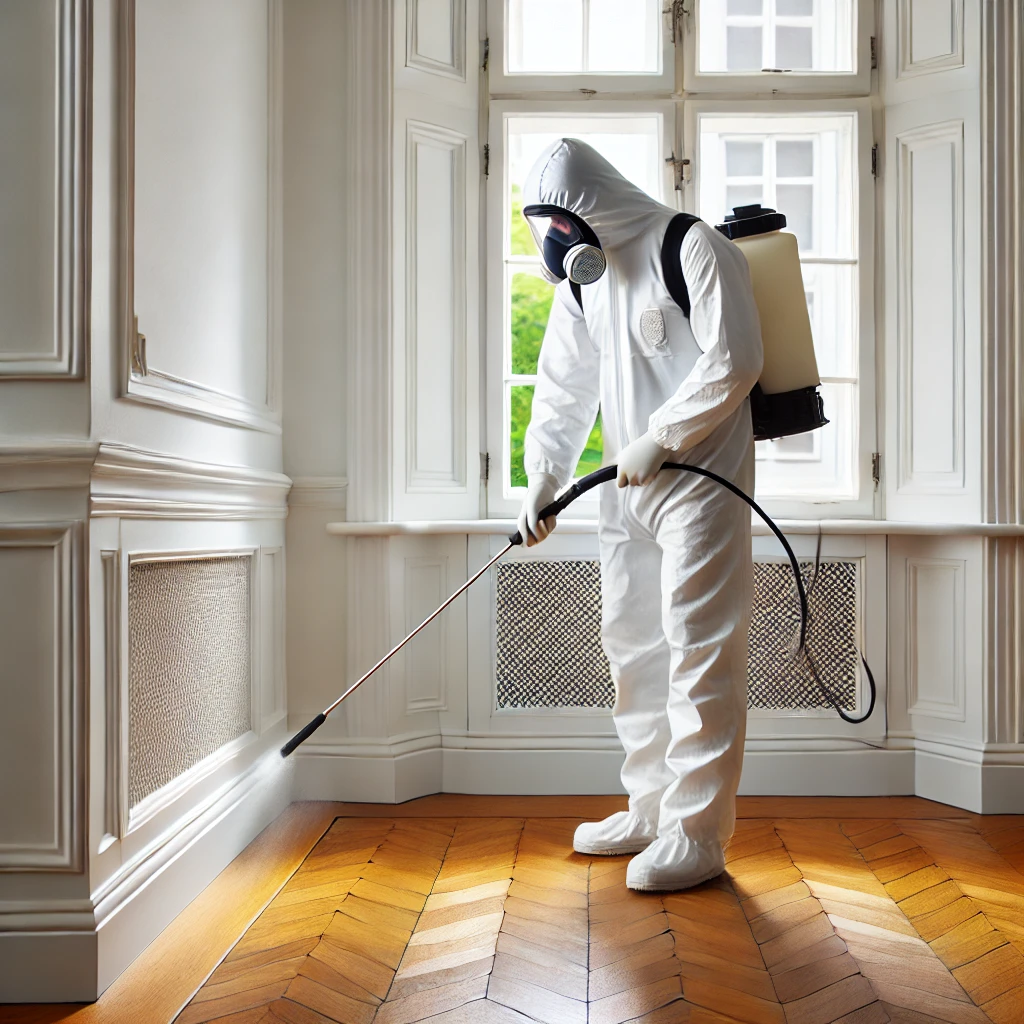
After the general survey and having confirmed the pest identity, the technician will decide upon the safest and most effective course of action, which is typically one of three things (as highlighted in the pricing section):
- Provide professional advice as to how to resolve and avoid the issue in the future without the need of using pesticides.
- Apply a treatment to a single targeted area.
- Apply a wider spread treatment.
There are occasions where it might not be possible for the technician to identify the specific pest type. If this happens the technician will take a sample to have it looked at and identified by our laboratories. This is included in your charge.
